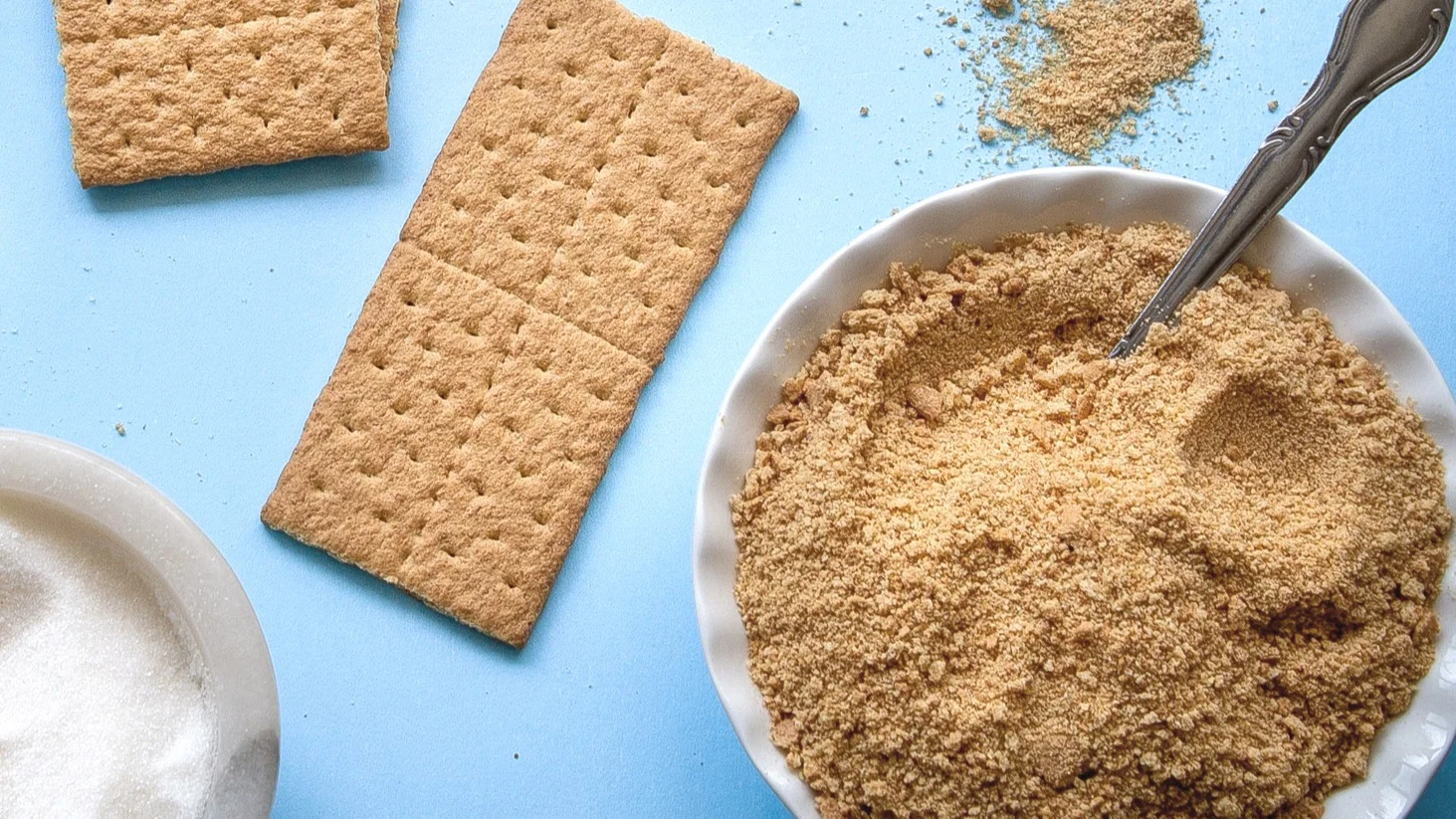This vs That
Hey guys! Ready for round 3…
I KNOW, I know… many of you spend your nights asking “what is the difference between light brown sugar and dark brown sugar? Baking powder and Baking soda?! SALTED vs UNSALTED BUTTER?!?!”
Well, if you’ve asked yourself these questions or some like this… you’ve come to the right place! When I first started baking with my grandmother, I would pick up a few things here and there. One of the biggest lessons she taught me was: when a recipe calls for butter that means SALTED BUTTER. But, whats the difference? Well.. obviously salted butter has salt in it and unsalted butter does not but there may be more to it.
For those of you who are nerds like me and stuck around, let’s get to it!
BAKING POWDER VS BAKING SODA
Simple answer: acid.
BAKING SODA only contains one ingredient = sodium bicarbonate. And because it is basically just ground up rock, it should last indefinitely if kept in a cool, dry place.
So, then, how does it work? When baking soda comes into contact with acids- such as buttermilk, yogurt or vinegar- a reaction produces CO2 in the form of bubbles (or liquid). For baking, because this is what we are here for, is called CHEMICAL LEAVENING. The trapped CO2 makes the dough or batter rise.
BUT this reaction is almost instant. So… to prevent this, BAKING POWDER to the rescue!
Baking powder is “double acting” so it releases the CO2 gas at different times during the baking process. I won’t go into all the gory details, but basically baking powder contains sodium bicarbonate in addition to two types of acids: Monocalcium Phosphate, which reacts with the sodium bicarbonate when stirred into the wet; and Sodium Acid Pyrophosphate or Sodium Aluminum Sulfate, which causes a reaction when stirred into wet and hot.
FUN FACT: During the baking process, liquid foam of rising batter is turned into solid foam. Eggs are commonly used in baking because the altered proteins give the foam a solid structure, allowing it to hold it’s shape. Similar to yeast as a leavening agent, but I’ll get to that!
SALTED BUTTER VS UNSALTED BUTTER
You’re probably thinking… Joanna we get it, one has salt (duh!). Which is true! This is the only difference between the two, but when do we us one over the other?
Butter is everyone’s BEST friend when it comes to the kitchen, like my Thea always says “use just a little bit of butter” (as she spreads her fingers as wide as they go).
SALTED BUTTER is basically an all-purpose butter. You can use it to spread, on top of pasta, or just about anything you don’t care to control the amount of salt content
UNSALTED BUTTER tends to be used more in the baking world because you can control the salt content. Recipes where you want a sweet creamy flavor, unsalted butter is the way to go. This type of control will lead you to rule over the universe of baking. I’m telling you this is SO important to flavor. And what’s an amazing baker without amazingly yummy baked goods. Salt is a preservative, therefore salted butter has a longer making salted butter fresher!
***super side note: to understand how salt affects your baked good, I’d like to take you on a journey through the life of salt. But that’s for another time, another post….
Is it the end of the world if you use salted butter instead of unsalted butter?
I can’t say for sure..
But it will definitely change the consistency and taste of whatever you are making.
DARK BROWN SUGAR VS LIGHT BROWN SUGAR
Before we embark on understanding brown sugar, let’s understand what white table sugar is. I go more in depth into the sugar convo in This vs That (part two).
Sugar = Sucrose, a molecule that naturally appears in plants (although what we usually consume is from sugarcane)
To get white table sugar: Crush up the sugar cane, throw some lime and carbon dioxide in the mix, and then evaporate that sh**. The end product is a big batch of sugar crystals covered in molasses. So, what is BROWN SUGAR?? Technically, it’s that sugar crystal covered in molasses (Grocery store brown sugar is much more refined to get more consistency).
Okay, onward to the difference between light brown sugar and dark brown sugar!
Simply put: the difference is the amount of molasses.
This is easy to see right. Dark brown = more molasses (just about DOUBLE the amount… dang). Dark brown sugar also has a more complex flavor, sometimes described as similar to caramel.
Pretty straight forward, yeah? Can they be used interchangeably? ABSOLUTELY. Even though they aren’t identical, light and dark brown sugar can be used interchangeably. The consistency may not be the same and the flavor may not be as rich, however.
***personal experience: I have this cream cheese cookie recipe (it is our go to Christmas cookie for my fam) that called for dark brown sugar but all I had on hand was light brown sugar. These cookies were good… and everyone enjoyed them. But when I made them again with dark brown sugar, the flavor was elevated and was a ton richer (and in my opinion yummier).
FUN FACT: Dark brown sugar contains extra acidity. As we discussed above, baking soda is activated by acid. So, if dark brown sugar is used, whatever you are baking will rise a tiny bit higher.
Okay, Bees, that’s plenty knowledge for now…
BUT if you’re thirsty for more… GO GO GO!
More The Science of Baking:




